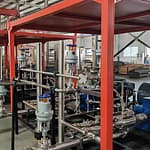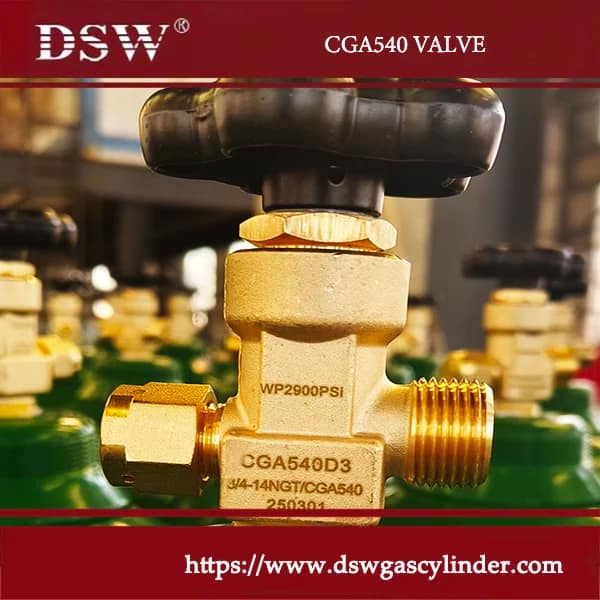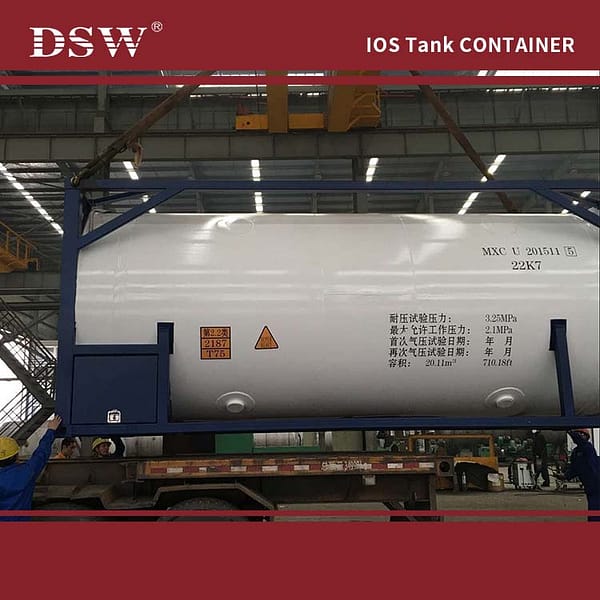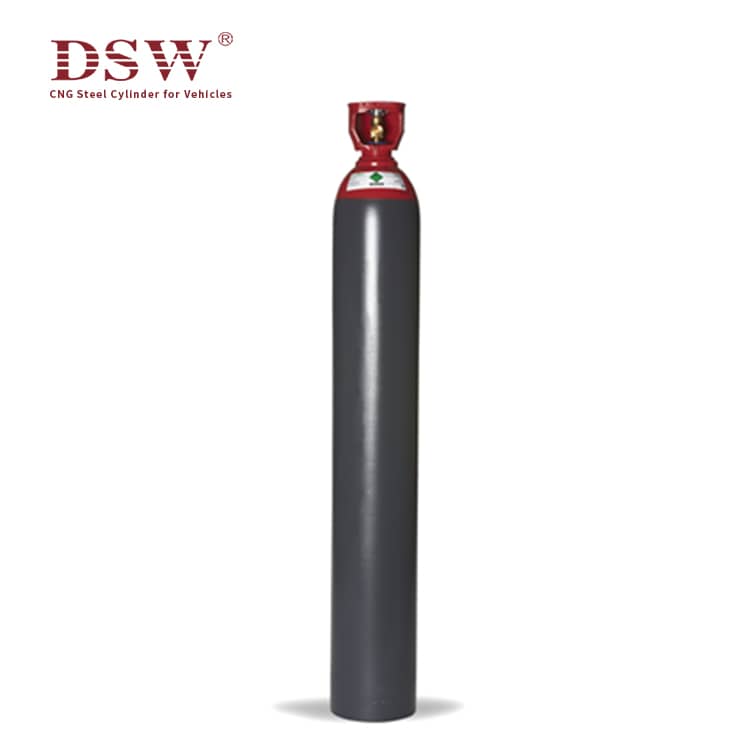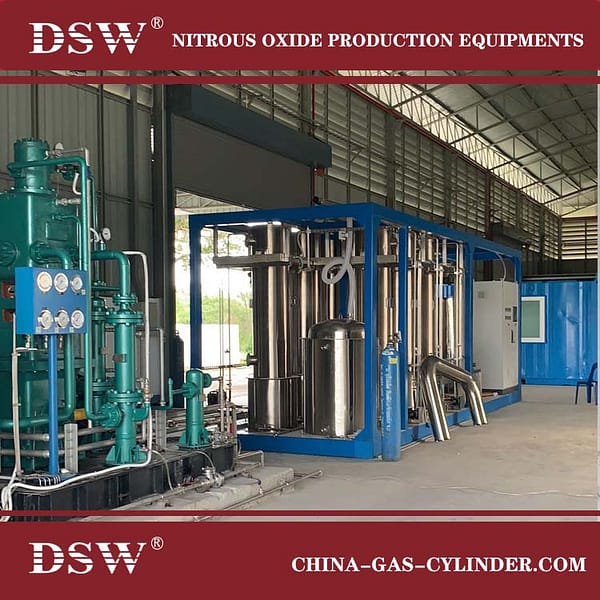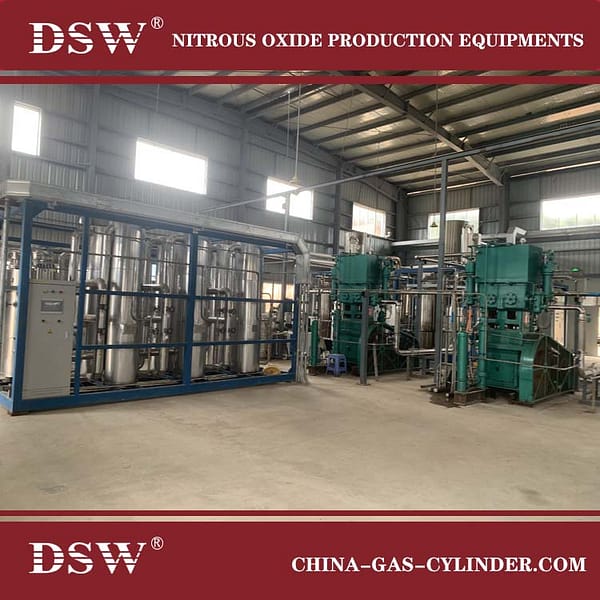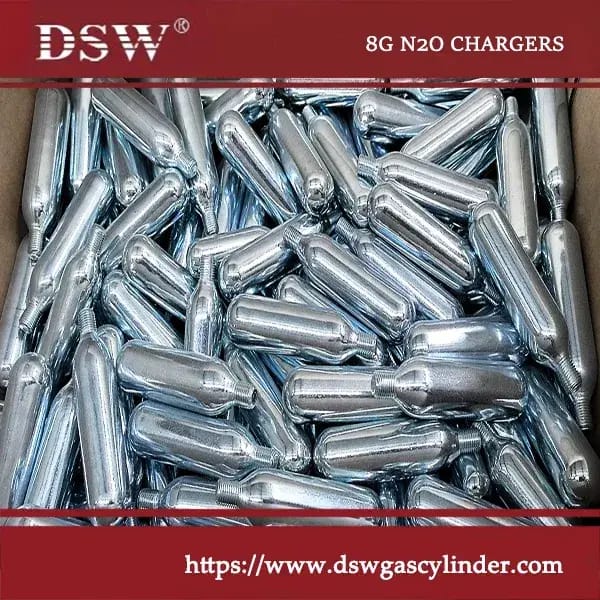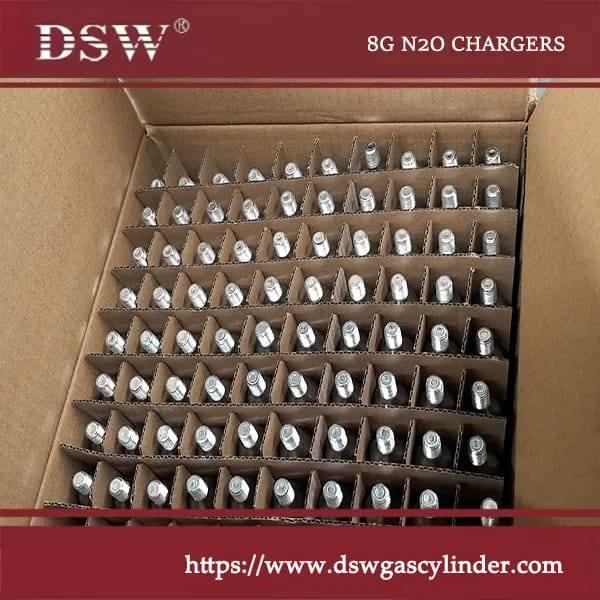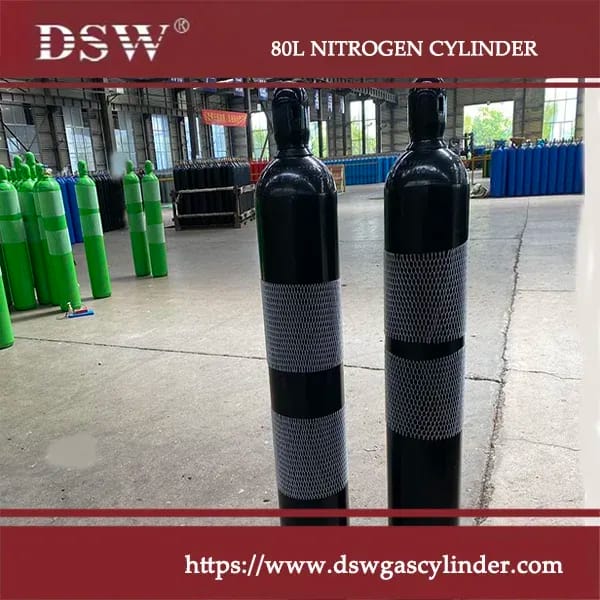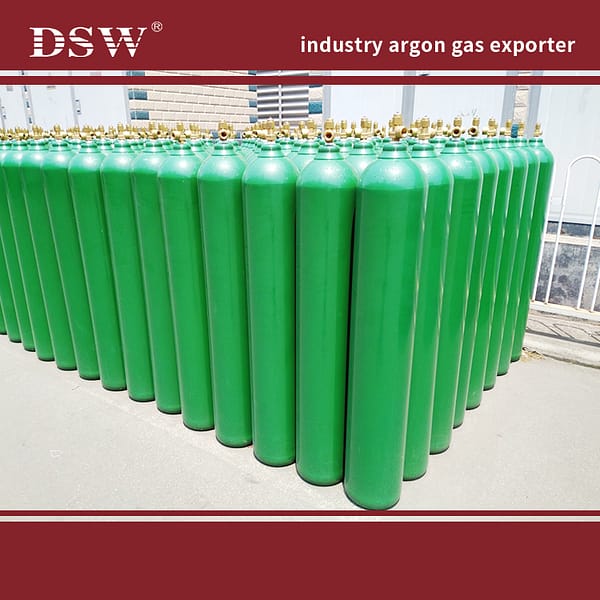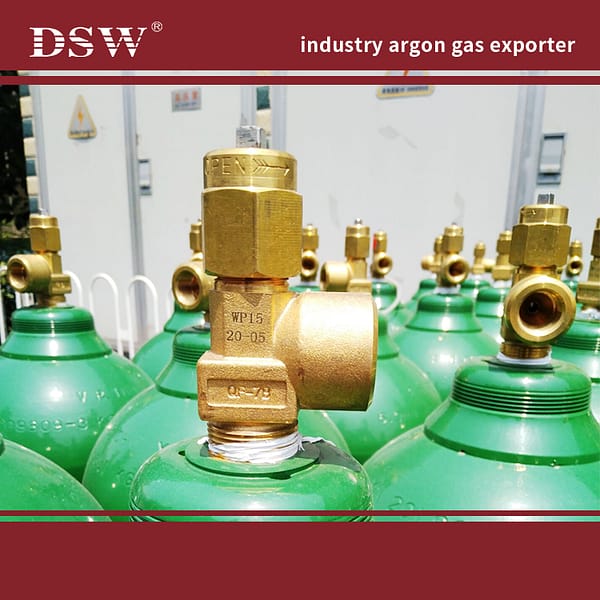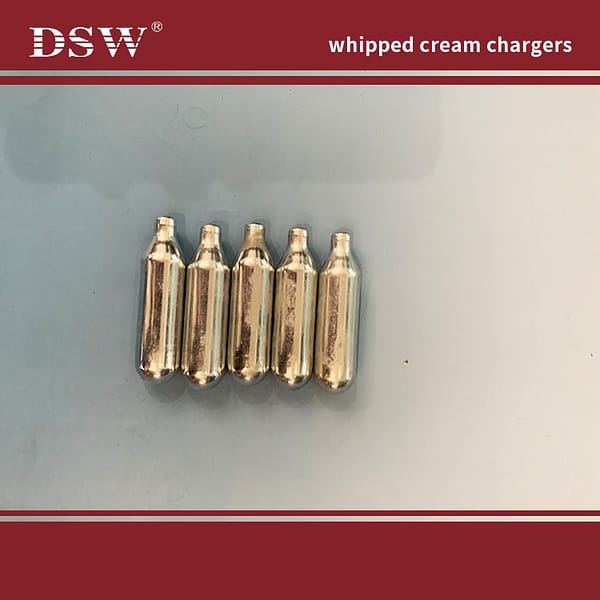WELDING GAS MIXTURES
DSW™ argon (Ar) and carbon dioxide (CO₂) blends are versatile for welding carbon steel, low-alloy steel, and some stainless steel. Increasing the CO₂ content can enhance weld penetration and bead-wetting characteristics; however, increased spattering may also occur. Ar and CO₂ blends can join material thicknesses using metal transfer modes.
We also offer a series of WELDING GAS MIXTURES, including Ar and oxygen (O₂) blends typically used for conventional and pulsed spray transfer on clean (little to no scale or residual oil), plain carbon, and stainless steel. These blends offer 1%, 2%, or 5% oxygen and provide good arc stability and low spatter and fume levels. Higher oxygen levels will also enhance puddle fluidity, which may complicate out-of-position welding.
We want you to get the most out of your industrial gas. Please review the blends below and contact us to find the one that’s right for your application.
Shielding Gas
Shielding gas is a gas that forms a shield around the arc and weld pool in welding.
Charities of MIG Welding Gasses
Different gasses produce different types of weld penetration and arc characteristics. Here are the basics:
Argon gas has shallow broad penetration and a very smooth fluid-like arc.
Helium produces a hot weld with good productivity and mild penetration with a fluid angle.
Carbon Dioxide has a deep narrow penetration with a stiff harsh angle that works well in out-of-position welding.
Adding carbon dioxide to Argon or Helium deepens penetration and stiffens the angle, improving out-of-position welding.
In small amounts, oxygen added to Helium or Argon deepens the weld penetration and stiffens the arc characteristics.
Adding Helium to any mix makes the arc hotter.

